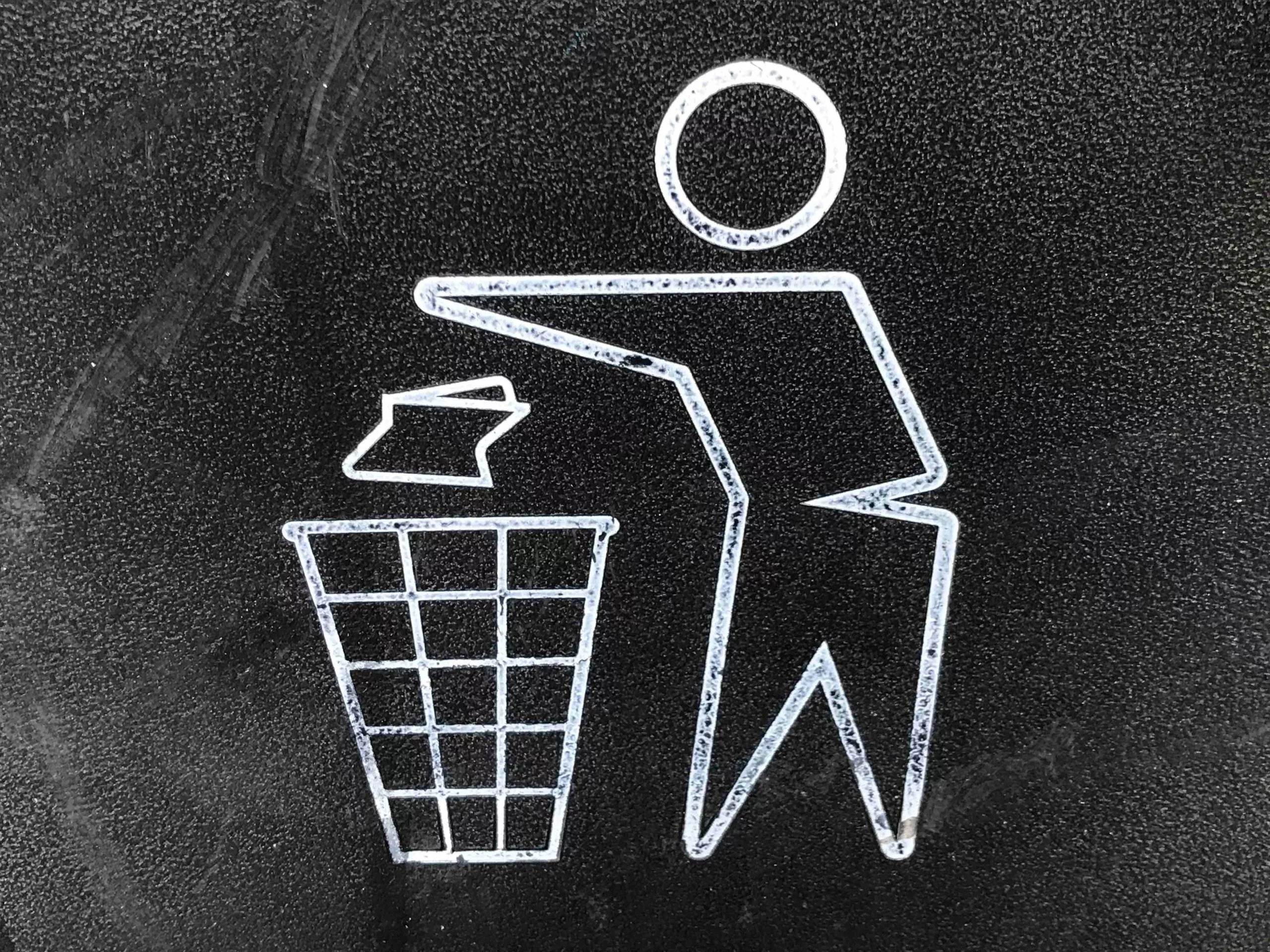Long gone are the days when a company can launch a recycling program and claim, “We’ve gone green!” But considering that Americans send more than 250 million tons of material to landfills each year, it’s worth taking a second look at how your company stacks up. From collection basics to stakeholder engagement, follow these six steps to build a thriving waste reduction program at your conscious company.
1. Understand your waste stream
Before you do anything, investigate which material streams are accepted by your local waste and recycling providers. You might be surprised to learn that many areas to do not accept glass containers or plastic film, such as grocery bags and shrink wrap, in single-stream recycling bins. And remember, it’s about more than recycling: Ask your provider or municipality about other material collection options, such as organics (food waste), electronics, and hazardous waste.
Consider adding TerraCycle Zero Waste Boxes for hard-to-recycle materials like chip bags and coffee pods. You may also want to offer bins for items to donate, such as books, art supplies, and clothing.
2. Be label-driven
Confusing bin labels can keep your business from reaping the environmental and economic rewards of recycling. The easiest and most inexpensive way to increase recycling and decrease contamination is to implement the society-wide standardized labels on your bins and back-of-house containers.
Recycle Across America (RAA), a nonprofit dedicated to making it easier for people to recycle more and recycle correctly, established the standardized label solution for all types of recycling programs and bins. The labels are picture-based, colored-coded, and gaining nationwide adoption.
Be sure to label every bin — even in the restrooms. Walt Disney World Resort, an early adopter of the RAA standardized label system, began implementing the labels five years ago in its 90,000 employee-facing areas. Today, the labels appear on every container and lid in employee areas, including stock rooms, kitchens, break rooms, offices, and administrative facilities. Since implementation, the company nearly tripled its average waste diversion with a significant decrease in contamination.
3. Set up for success
Never leave a bin stranded on its own. If you have a landfill bin in one corner of the office and a recycling bin another, both will end up contaminated. Pair the bins together to create a bin station that forces people to make a choice and put the material in the correct bin. Make your stations consistent by placing the landfill bin on the left and the recycling bin on the right (because recycling is right!).
Ditch mini bins. Your employees do not need bins underneath their desks. Individual desk bins are expensive, create more opportunities to recycle incorrectly, and create more work for your janitorial team. Some employees may complain at first, but standing up every hour is doctor-recommended.
Use the correct bin liner. If all of your bins have black liners (trash bags), it’s much more likely that everything will end up going to a landfill. Make it easy on your custodial crew by differentiating material types by liner — black trash bags for the landfill bin, clear liners for recycling, and green liners for organics.
4. Talk trash
In addition to consistent labeling and signage, engage and educate your team, custodial crew, and property manager about your recycling program. Your stakeholders need to understand the impact of these efforts and the role they play. Creating a green team is a great way to spark ideas an interest across departments.
Don’t forget to share your efforts with your customers, vendors, and community. Following a recycling “makeover” at Upstairs Atlanta, the event venue shared the experience on Instagram and received more likes than anything else they previously posted.
5. Perform a disappearing act
Take steps to zap waste before it starts. Provide reusable water bottles, glasses, and coffee mugs to eliminate the need for disposables. Reusable lunch bags and shopping totes help eliminate plastic grocery bags and create a branding opportunity. When hosting company events, choose caterers and vendors who will work with you to eliminate waste.
6. Keep track
Once you get your hands dirty, you’ll begin to see how satisfying waste reduction can be. When you feel the itch to take things a step further, start by conducting your own waste audit.
A waste audit (PDF) is like a crime-scene investigation for your recycling program. It will pinpoint which materials are most prevalent in your waste stream and which consistently end up in the wrong bin. Use this information to tweak your communication and engagement. Once you figure out your business’ diversion rate, set a six-month goal and work with your green team to achieve it. Platforms like RUBICONConnect make it easy to reach your sustainability goals.
The bottom line
Waste diversion sounds simple in principle, but in practice it’s easy to make mistakes. Your employees and contractors are busy, and they have more to think about than finding the right bin. It’s up to your company leadership to make waste diversion a priority, tell your team why it’s important, and be explicit about how they can help. With a bit of intention, you’ll not only shrink your company’s footprint, but also build a culture around mindful habits that turn waste into resource.





